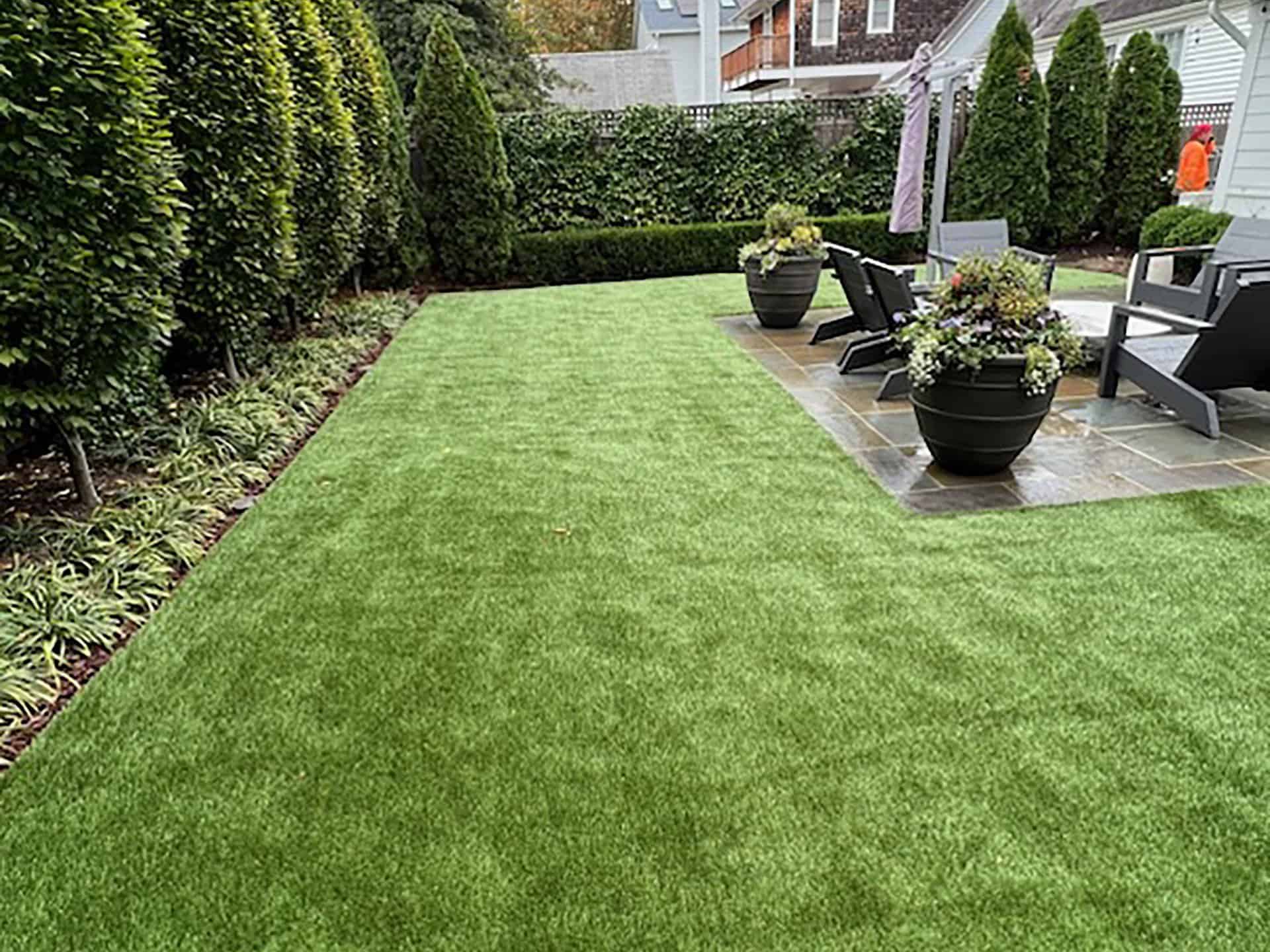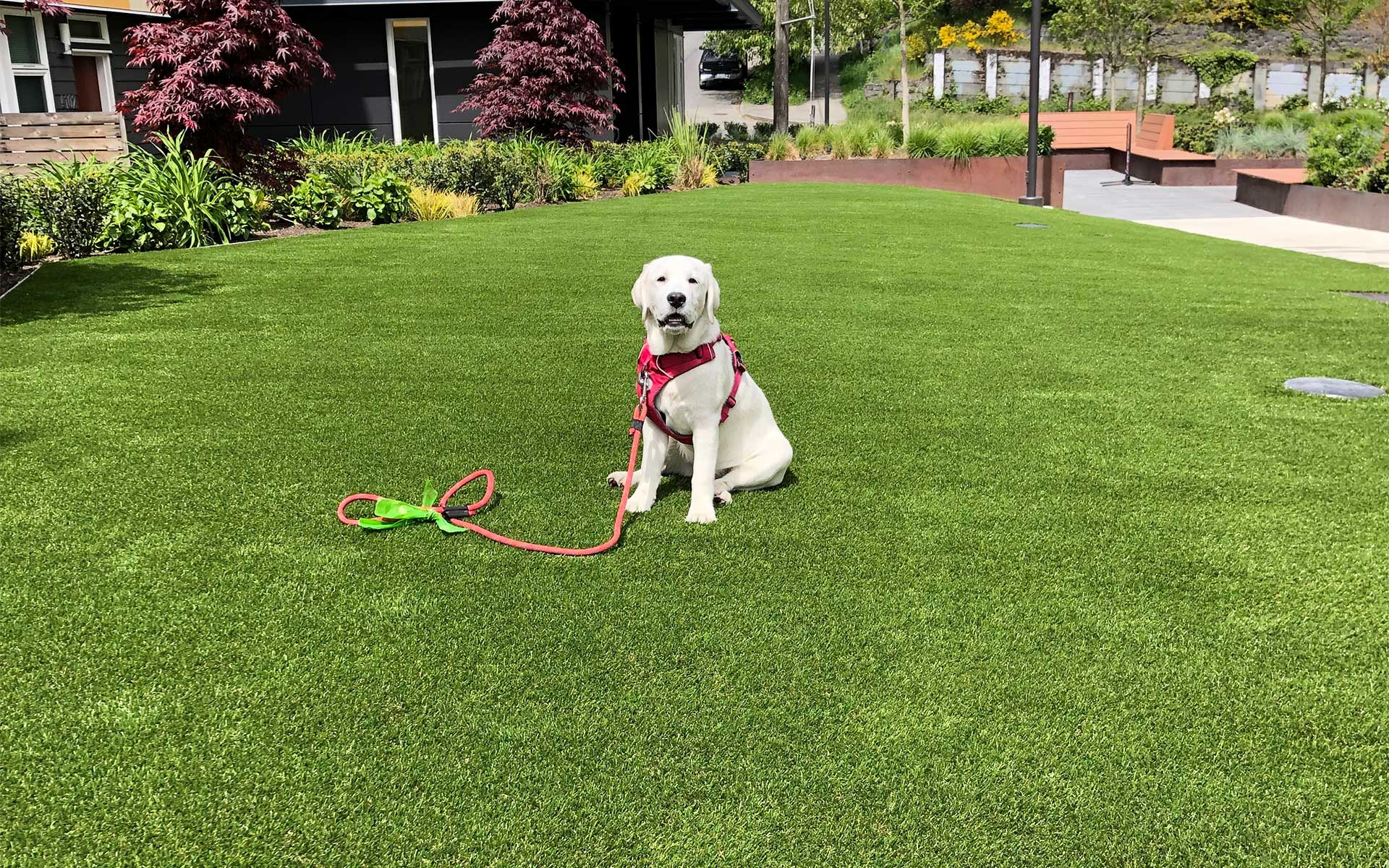Professional Arizona Turf Providers Offering a Realistic Lawn Option
Professional Arizona Turf Providers Offering a Realistic Lawn Option
Blog Article
Explore the Environmental Perks of Opting for Artificial Turf Solutions
The fostering of synthetic turf solutions presents an engaging chance to deal with pressing ecological difficulties. By substantially reducing water use and minimizing the application of hazardous chemicals, these options not just advertise sustainable landscape design but likewise safeguard regional ecological communities.
Water Preservation Benefits
Among the most considerable advantages of artificial grass is its capability to conserve water. Conventional lawn yards need significant watering, specifically in areas vulnerable to drought or water constraints. On the other hand, synthetic grass does not need watering, considerably decreasing the general demand for water sources. This function is particularly beneficial in deserts where water deficiency is a pressing issue.
By removing the requirement for normal watering, man-made turf adds to lasting landscape techniques and assists reduce the ecological influence of too much water usage. In addition, the conservation of water prolongs to the reduction of runoff, which can bring about dirt disintegration and waterway air pollution.
Furthermore, the installment of synthetic grass allows municipalities and house owners to allocate water resources much more efficiently, focusing on vital usages such as drinking water and agriculture. The shift towards synthetic grass not just promotes liable water usage yet likewise lines up with broader environmental goals focused on protecting natural deposits.
As areas progressively focus on sustainability, the water preservation advantages of synthetic grass offer a compelling instance for its adoption in commercial and domestic landscaping tasks.
Decreased Chemical Usage
The change to synthetic grass considerably decreases the dependence on chemical treatments commonly utilized in all-natural lawn maintenance. Traditional turf administration commonly involves the application of herbicides, pesticides, and fertilizers to promote development and control insects. These chemicals can posture dangers to human health, neighborhood wildlife, and the setting, adding to soil and water contamination.
In comparison, man-made turf eliminates the demand for these harmful compounds. When mounted, it requires minimal maintenance, mainly including routine cleansing and seldom infill replenishment. This reduction in chemical usage not just profits the immediate setting however also adds to more comprehensive eco-friendly stability. By minimizing the launch of artificial compounds into the ecosystem, synthetic grass advertises much healthier soil and water supply.
Moreover, the lack of chemical drainage related to artificial grass installations helps shield neighborhood waterways from contamination, supporting marine life and keeping biodiversity. Arizona artificial turf. As areas progressively focus on sustainable practices, selecting synthetic grass offers a sensible option that aligns with environmental conservation objectives. Through this shift, building owners can appreciate rich eco-friendly rooms without jeopardizing eco-friendly wellness, leading the way for a much more lasting future
Reduced Carbon Footprint

Moreover, the installation of fabricated lawn can lead to substantial water conservation. Natural grass need substantial quantities of water for irrigation, which not just contributes to the carbon impact related to water removal and therapy but likewise pressures local water sources. On the other hand, synthetic grass needs very little maintenance, calling for no watering, thereby significantly lowering water usage and its linked energy expenses.
Additionally, the long my sources life of man-made grass adds to its reduced carbon impact. With a life-span of as much as 15 years or even more, the requirement for regular replacements is lessened, causing much less waste and lower energy usage in manufacturing and disposing of standard grass options. In general, man-made turf presents a lasting choice for ecologically aware landscape design.
Habitat Conservation
Environment preservation is a critical consideration in the argument over landscape design selections, particularly when comparing fabricated lawn to natural grass. Natural yard lawns commonly call for extensive upkeep, including making use of fertilizers, chemicals, and herbicides, which can negatively impact local ecological communities. These chemicals can leach right into the dirt and rivers, harming native flora and animals and disrupting local environments.
Artificial turf eliminates the demand for damaging chemicals, therefore shielding close-by wild animals and maintaining the honesty of bordering ecosystems. The setup of artificial lawn can lead to the conversion of former turf locations into more biodiverse landscapes, such as pollinator yards or native plant areas, which can support neighborhood wild animals.
Inevitably, the change to synthetic grass not only preserves water and minimizes maintenance initiatives however also promotes a more harmonious partnership between human activities and the all-natural setting, advertising environment preservation while doing so.
Long-Term Sustainability
Lasting sustainability is a crucial consider examining the benefits of synthetic lawn over conventional grass yards. One of the most substantial benefits of synthetic grass is its resilience; it can last as much as 15-20 years with very little maintenance, whereas all-natural yard needs regular reseeding and substitute. This long life decreases the requirement for constant sources, such as water, fertilizers, and chemicals, which are essential for maintaining a healthy and balanced turf lawn.
In addition, man-made grass adds to a reduction in carbon emissions connected with lawn care tools. Standard grass often need gas-powered lawn mowers, leaners, and blowers, all of which add to air pollution. Arizona turf. On the other hand, man-made lawn gets rid of the requirement for such devices, promoting a cleaner setting
In addition, the manufacturing of artificial grass progressively makes use of recycled products, boosting its sustainability account. As makers take on environment-friendly methods, the ecological footprint of man-made grass remains to lessen.

Final Thought
The fostering of synthetic grass solutions presents significant ecological advantages, including considerable water conservation, minimized dependence on harmful chemicals, and a reduced why not try these out carbon impact. Fabricated grass aids in maintaining all-natural environments by minimizing land disturbance and advertising long-lasting sustainability through the use of durable products. Jointly, these variables underscore the possibility of synthetic grass to contribute favorably to environmental health and supply a sensible choice to traditional landscaping methods in a progressively resource-conscious world.
In comparison, synthetic grass does not click to find out more require watering, dramatically reducing the total need for water sources. By lessening the launch of synthetic substances right into the ecosystem, fabricated turf promotes healthier dirt and water systems.
In addition, the installment of artificial turf can result in significant water conservation. In comparison, artificial grass needs marginal upkeep, requiring no watering, thereby substantially lowering water usage and its linked energy costs.

Report this page